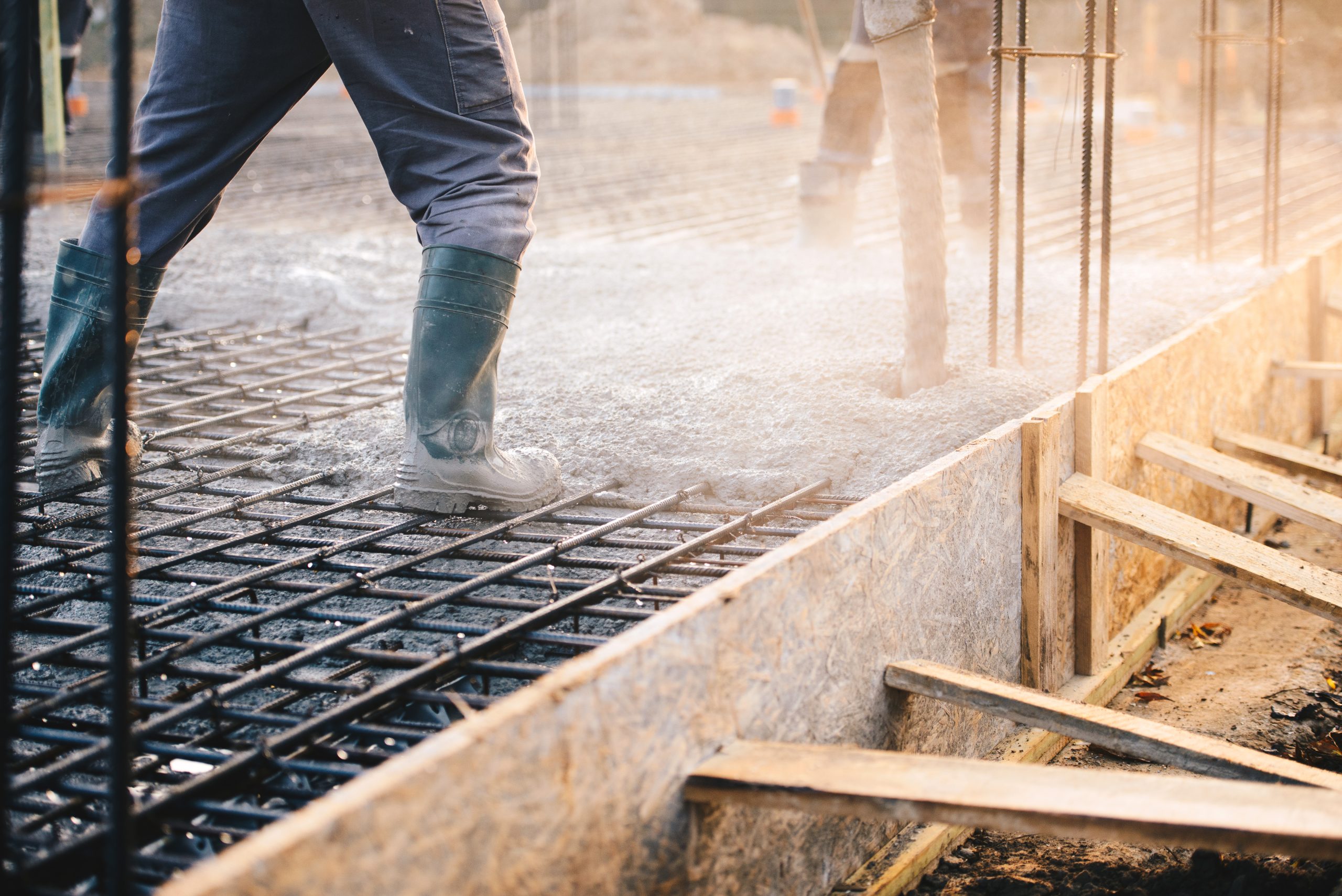Polycarboxylic acid water reducer for concrete
High performance plasticizerproduct 286
- Solid content40%
- Place of OriginChina
- StandardsEU, USA, CN
- Price$1100/T
Detailed product parameters
1. Core Performance Advantages
- High Water-Reducing Capacity
- Water reduction rate: 25–45% (vs. 15–25% for traditional naphthalene-based superplasticizers).
- Enables ultra-low water-to-binder (W/B) ratios (e.g., ≤0.30), facilitating C60–C100 high-strength concrete (e.g., columns in Shanghai Tower).
- Excellent Slump Retention
- Slump loss: <30 mm within 1 hour (vs. >50 mm for naphthalene-based types).
- Ideal for long-distance transportation (e.g., ready-mix trucks with 50 km delivery radius) and large-scale projects (e.g., Hong Kong-Zhuhai-Macao Bridge, 4-hour workability retention).
- Environmental Friendliness
- Formaldehyde-free, low chloride/alkali content (<0.2%), compliant with LEED green building standards.
- Reduces CO₂ emissions by 30–50 kg/m³ through cement reduction (15–30% less cement usage).
- Broad Compatibility
- Works synergistically with supplementary cementitious materials (SCMs) like fly ash (40%+), slag, and silica fume.
- Adaptable to diverse climates (stable performance at 5–35°C) via molecular structure tuning.
2. Mechanism of Action
- Molecular Design
- Main chain: Polycarboxylic acid backbone (e.g., polyacrylic acid) anchors to cement particles via -COOH/-SO₃H groups.
- Side chains: Polyethylene glycol (PEG) chains create steric hindrance, preventing particle flocculation.
- Electrostatic repulsion: Negative charges on the backbone enhance particle dispersion (dual “steric-electronic” dispersion mechanism).
- Dynamic Responsiveness
- Controlled release: Ester/amide linkages hydrolyze in alkaline environments, enabling sustained dispersion.
- Temperature sensitivity: Thermoresponsive side chains (e.g., PNIPAM) adjust conformation to mitigate slump loss in high-temperature conditions.
3. Enhanced Concrete Durability
- Impermeability
- Porosity reduced by >50%, achieving P12–P20 impermeability grades (vs. P6–P8 for conventional concrete), critical for underground structures (e.g., subways).
- Freeze-Thaw Resistance
- Air-entraining PCEs stabilize 3–5% micro-air bubbles, achieving >300 freeze-thaw cycles (meeting ASTM C666 Grade F300), used in cold regions (e.g., Qinghai-Tibet Railway).
- Chemical Resistance
- Dense microstructure inhibits chloride/sulfate penetration, reducing chloride diffusion coefficients to 1×10⁻¹² m²/s (vs. 5×10⁻¹² m²/s for ordinary concrete), extending service life in marine environments (e.g., offshore bridge piles).
4. Challenges and Mitigation Strategies
| Challenge | Cause | Solution |
|---|---|---|
| Reduced efficiency with clay-contaminated aggregates (>3% clay) | Clay adsorption deactivates PCE molecules | Use clay-tolerant PCEs or add anti-clay agents (e.g., cationic polymers). |
| Rapid slump loss in high temperatures (>35°C) | Side-chain collapse under thermal stress | Employ thermoresponsive PCEs or delayed-release additives (e.g., gluconate). |
| Unstable air entrainment | Competitive adsorption with air-entraining agents | Optimize PCE polarity or use nonionic defoamers (e.g., polyether-based). |
RELATED PRODUCTS
Switch more- VIEW
concrete air entraining agent AE369
Air entrainment agent for concrete
- VIEW
Concrete viscosity modification agent VMA420
Concrete viscosity modifiers improve the workability of concrete
- VIEW
Concrete pulping agent SE5800
The concrete slurry lifting agent improves the fullness of the slurry
- VIEW
Concrete with PCE-based Multi-functional Additives
improve the workability of concrete
loading…
No more to see
 Fan Qi Technology Co., LTD
Fan Qi Technology Co., LTD

